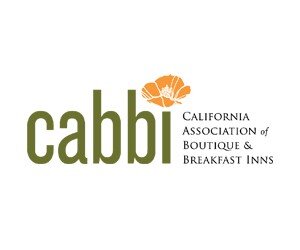From redesigning your website to rolling out new marketing campaigns, you spend plenty of resources boosting online traffic. And you should—your property’s website is your store-front to the world. But just getting traffic isn’t enough. It might feel like the battle is won, but you need visitors to make a booking for it to matter. So what’s the final hurdle? Booking abandonment. It’s a big hurdle too; the travel sector experiences booking abandonment at a rate of 81%. Of course, a portion of that abandonment is due to forces outside of your control (many users are doing casual research, with little immediate intent to make a purchase) but a lot can be addressed by making simple changes on your end. Here are eight tips for reducing booking abandonment on your hotel website:
1. Simplify the process
The more steps and confusion involved in making a booking, the more likely a user is to abandon it altogether. In fact, one study suggests that every unnecessary step in the booking process costs you 10% of your customers. Reduce the fatigue and frustration felt by bookers by shortening the sales funnel. Try aiming for a two-step booking process.
2. Optimize design
If your website isn’t optimized for mobile yet, it should be. Over half of all internet traffic in 2018 was generated through mobile phones, and that number is only going to grow. It is, therefore, imperative that mobile users have as good an experience on your site as those accessing via a desktop. If the text and CTA buttons are the wrong sizes, or navigation bars appear in the wrong place, mobile users will be quick to abandon the booking.
3. Test the experience
Once you have simplified your booking process and ensured your website is optimized for mobile, you should make sure your efforts were successful. Have somebody test the user experience (by filling out forms, signing up for newsletters, and making bookings) and report back on the usability and intuitiveness of your entire site.
4. Be upfront about costs
We’ve all gone to make a purchase online, only to discover unexpected fees added at checkout. It isn’t a good feeling and often results in booking abandonment. Make sure your customers aren’t leaving with a sense of distrust and resentment by being upfront about all costs.
5. Incorporate live chat
Should a customer encounter an issue, or require the answer to a question before committing, it is likely the booking will be abandoned. You can mitigate this risk by incorporating a live chat (or chatbot) feature into your website. This way, questions can be answered in real-time so the booking can be completed.
6. Highlight your USP
It’s easier for a customer to abandon a booking if they feel like there’s a line-up of similar options available. Without the perception that your property is offering something different, there is no sense of urgency to book now. For this reason, it’s essential you are highlighting your unique selling point (USP) throughout your website. This could be anything from your one-of-a-kind location to excellent staff to exciting onsite events. Whatever it is that makes your property stand out, make sure bookers know what they’ll miss if they abandon the process.
7. Incentivize direct bookings
Offering an incentive to book direct is vital for reducing revenue lost to OTA commissions, but it can also help minimize abandoned bookings. Any special offer, whether it’s a complimentary drink or early check-in, creates a sense of urgency in the customer to complete a booking.
Abandoned bookings are missed opportunities for revenue. Make sure you’re doing everything you can to minimize their effect on your business.




























